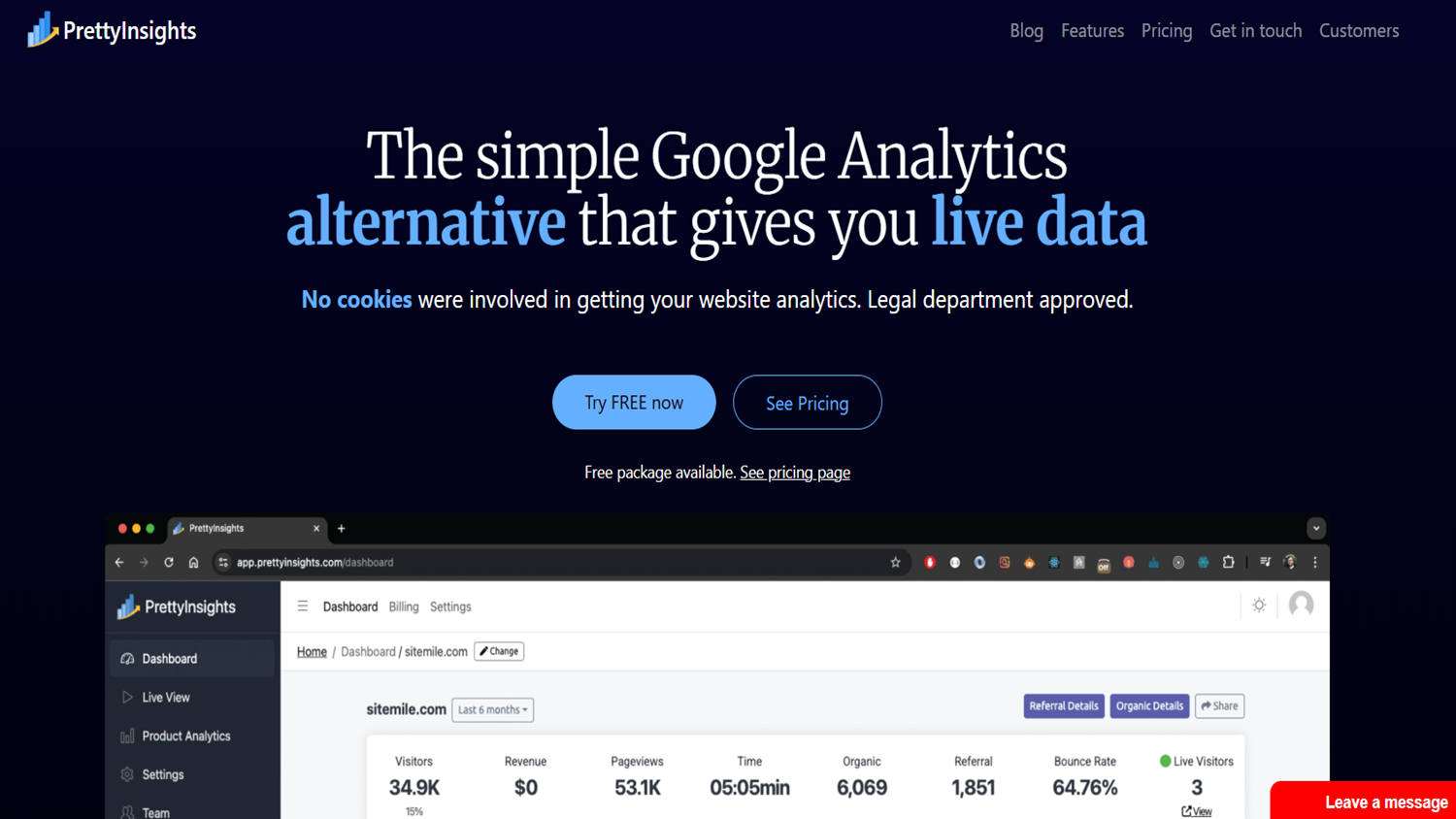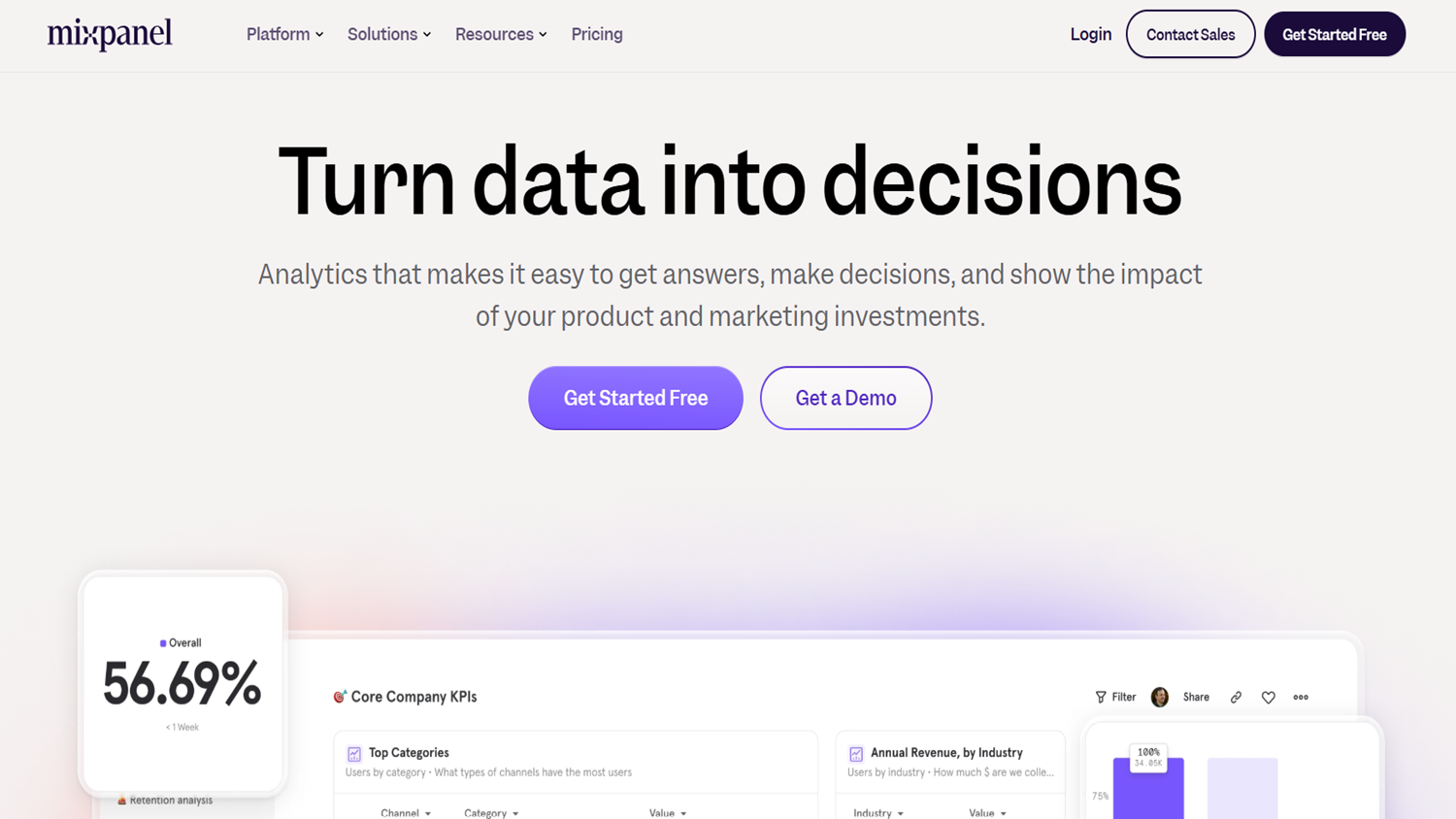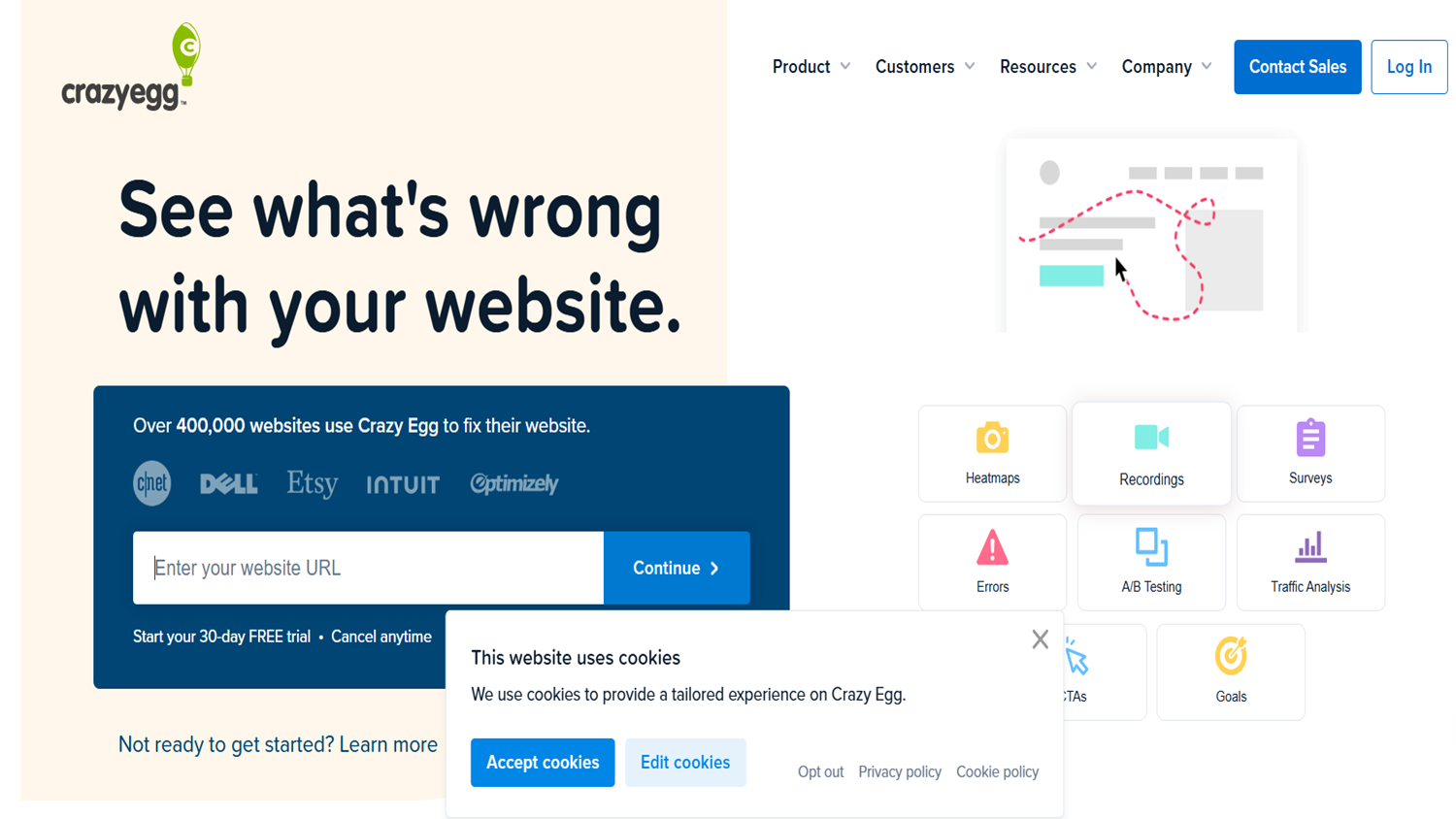Best Website Analytics tools in 2025: Monitor Visitors, Track Products and Increase Conversions
More than ever before, in today’s fast-changing digital environment, knowing how your website is performing is imperative. With modern businesses today already doing business online, and people having shorter and shorter attention spans, using sophisticated website analytics tools is an absolute necessity.
These software and tools not only help in monitoring how a visitor behaves, but also give hints on the performance of the product and conversion optimization.

Now You Know What Works The Value of Website Analytics
Website analytics: Your data is gold Your analytics is the foundation of data-determined choices. They provide an all-inclusive view of how users browse through your site, which pages they click, how long they stick around and what actions they take. This is critical information to improve user experience, product offerings and conversion rates.
Key Features of Analytics Tools to Consider
While choosing a website analytics application, take into account the following features:
a. Visitor Tracking: Trace user navigations, interactively, so as to offer real-time information in user behaviour. And this is obviously advantageous for your customer support and can tell you whether the customer is live on the site and you can then either speak to them via a website live chat widget or reply to their support ticket.
b. Product Analytics: Understand how your users are using your products or services. And that helps you to make decisions in terms of how to merchandise the products or what type of promotion you can offer on your products.
c. Conversion Tracking: Track the energy behind your marketing.
d. Custom Reports: Use custom reports for analytics based on metrics that matter for your business.
e. Integration abilities: Make sure that the tool can interface with other platforms and tools that you use such as most customer support tool, certain CRM for crm ticketing and also invoicing and management tools.
Top Website Analytics Tools 2025
1. PrettyInsights

PrettyInsights is an upcoming analytics platform and a google analytics alternative with website visitor tracking, product analytics and conversion tracking into an easy to use interface. Comes with real-time data visualization, custom reports, and can be easily integrated with most marketing tools.
PrettyInsights is built for the company looking for an all in one to track and maximize there website visitors and how the people who have interacted or purchased there products.
2. Google Analytics 4 (GA4)
Businesses of all sizes are still using Google Analytics 4 widely. Its model (tracking user events) allows for a much more detailed view of how a user is interacting across sites and apps.
GA4 is deeply integrated with Google’s broader ecosystem, such as Google Ads and Search Console, and is a central location to monitor and enhance digital marketing campaigns. Furthermore, its machine learning offers predictive perspectives to predict user behavior and trends for businesses.
3. Matomo
Matomo Matomo is an analytics platform that respects the privacy of the user and ownership of the data. Businesses can host all of their data on-premise in Matomo, which is in marked contrast to some other solutions that don’t give you total control.
It provides functionality such as heatmaps, session recordings and A/B testing, thus it is a complete tool for companies wishing for transparency and compliance with data protection laws.
4. Mixpanel

Mixpanel is an expert in product analytics when it comes to user engagement and retention. Its event-based tracking lets businesses see what users are doing by going deeper than just clicks, helping build a customized user experience.
Mixpanel is anywhere from three to five times faster at using self-serve tools to learn where people are falling off and to optimize your conversion path.
5. Amplitude
Amplitude is built for companies that want to understand their users on a deep level. It provides advanced segmentation, behavioral cohorts, and real-time analytics. Amplitude is strong because it can offer insights in user journeys that can inform a business what product development and marketing strategy should be.
6. Hotjar
It gives you qualitative data with tools like heatmaps, session recording, user feedback polls, etc. These capabilities enable businesses to understand the ‘why’ behind user behavior, and form a layer of qualitative analysis on top of the quantitative data offered by other analytics solutions.
Hotjar can be especially helpful for UX designers and marketers looking to increase user experience and engagement.
7. Crazy Egg

Heatmaps & Scrollmaps - Crazy Egg Crazy Egg provides a host of interesting information you can’t get from Google Analytics’. With its A/B testing features, businesses can test out various design elements and content to see which works better for users. It’s a simple tool and using it is easy for businesses that want actionable insights without a learning curve.
8. Adobe Analytics
Adobe Analytics is a full-featured enterprise-class toolset capable of offering the most sophisticated customer-journey channel analysis. Its enhanced segmentation and predictive analytics features make it easy for companies to predict customer needs and personalize unique experiences. The integration with other Adobe Experience Cloud products makes for a more complete product ideal for enterprises.
9. Similarweb
Similarweb offers competitive intelligence regarding website traffic such as source, engagement, and referral site rates. It is especially helpful to measure performance against your competition, and to notice market trends. Insights from Similarweb can guide strategic marketing and product development.
10. Looker Studio
Now branded as Looker Studio (formerly Google Data Studio), is a business intelligence app for data visualization that lets you connect to various types of data, including Google Analytics, BigQuery, etc. It enables organizations to generate customized dashboards and reports that make it simple to interpret related to that data.complex data sets.
Selecting the best option for your business

Choosing the right analytics tool can depend on a number of factors - business size, objectives, expertise, technical abilities and budget. Here's a brief guide:
a. Small Business: There are useful and user-friendly tools such as PrettyInsights, Hotjar and Crazy Egg, and they don’t sacrifice necessary features for too much simplicity.
b. Medium, Large businesses: Tools such as Google Analytics 4, Mixpanel, is, Amplitude has the more advanced features for the professional deployed at a growing business.
c. Businesses focused on Privacy: Matomo can be hosted on your own infrastructure – ideal for when your company cares about data privacy and compliance.
d. Data-Centered Businesses: Adobe Analytics and Similarweb provide extensive analytics and competitive intelligence for companies that value data so highly.
Conclusion
As digital ecosystems grow more complex, website analytics tools have become essential for understanding user behavior, evaluating product performance, and identifying areas for optimization. These tools empower businesses of all sizes to make data informed decisions by offering insight into how users interact with content, navigate pages, and respond to various campaigns.
The right analytics platform will vary depending on your specific goals, whether it is improving user experience design, ensuring data privacy, or tracking marketing performance. By evaluating features like real time data, product analytics, and integration capabilities, businesses can select a solution that aligns with their operational needs and technical environment.
Ultimately, the value lies not just in collecting data but in continuously analyzing and adapting strategies based on that data to enhance outcomes over time.




